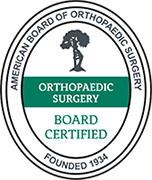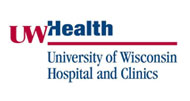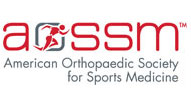What is a Bunion?
A bunion, also known as hallux valgus, is a condition characterized by a bony extension that develops at the base of the big toe due to the misalignment of the metatarsal bones or by the formation of additional bone in this area. Inflammation occurs in the enlarged joint which may be accompanied by progressively increasing tenderness and pain.
Symptoms of a Bunion
Symptoms of a bunion include:
- Intermittent pain with wearing shoes
- Difficulty with walking
- Redness and inflammation near the base of the big toe
- Joint stiffness
Risk Factors for Bunions
Common risk factors for developing bunions are:
- Tight-fitting shoes
- High heels
- Narrow-toed shoes
- Arthritis
- Congenital bone abnormalities
- Repetitive stress on the joints at the base of your toes
- Being female
How to Prevent Bunion formation?
Bunions can be irritating and negatively impact your quality of life. Most bunions can be avoided or treated at an early stage by adopting the following preventive measures:
- As bunions can become increasingly painful, bunion pads may be used that act as cushions to prevent the irritation and help resolve symptoms.
- The most important cause of bunions is poor-fitting shoes as they may exert pressure on the bunion. To avoid this, proper-fitting shoes should be used that will reduce pressure on the bunions and relieve the pain and inflammation.
- Always wear shoes with a wide toe box to avoid toe crowding and prevent joint misalignment.
- Avoid wearing high heels as it forces the toe to be pushed forward and causes deformity to the metatarsal bones.
- Use orthotics as recommended to help offload pressure on the bunion.
- Whenever possible slip off your shoes and stretch your feet for a few minutes at a time throughout the day.
- Maintain a healthy weight as obesity increases stress on the joints of your feet.
- Use warm soaks and ice packs to reduce pain and inflammation in the foot.
- Regular exercise should be done to strengthen the foot muscles and relieve the pressure on the joints of the big toe.
- Giving yourself a foot massage at the end of the day can help reduce painful symptoms.
- Consult your doctor and use anti-inflammatory drugs as prescribed.










